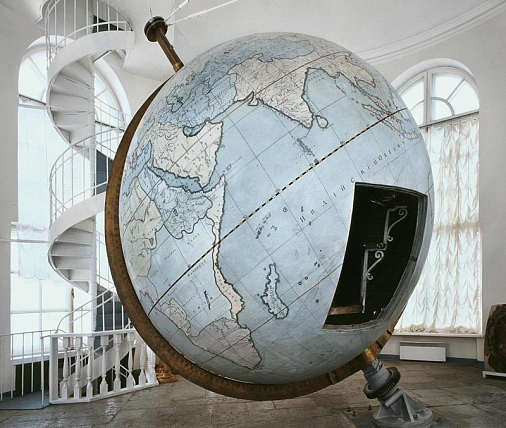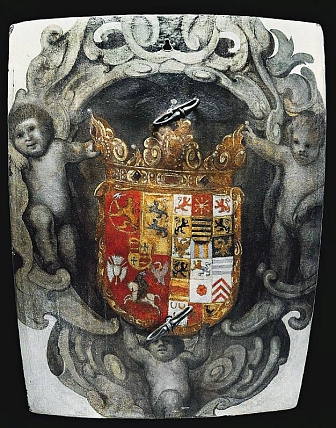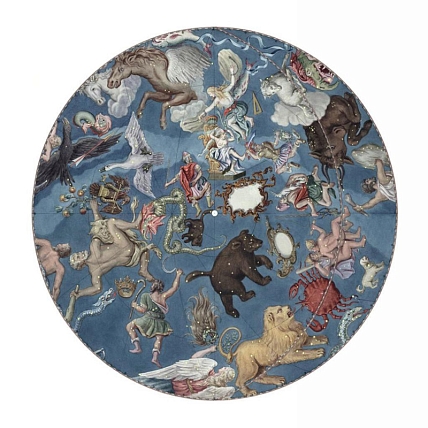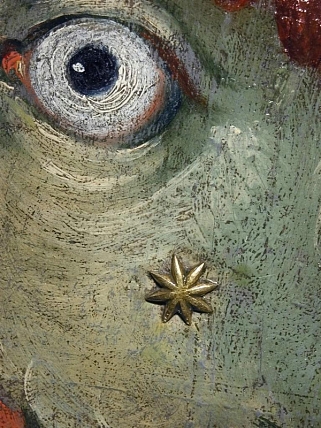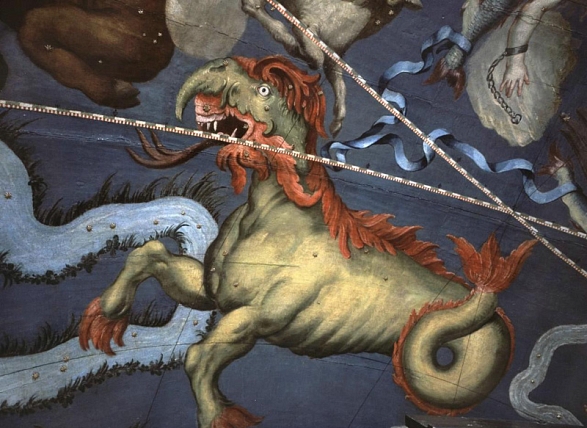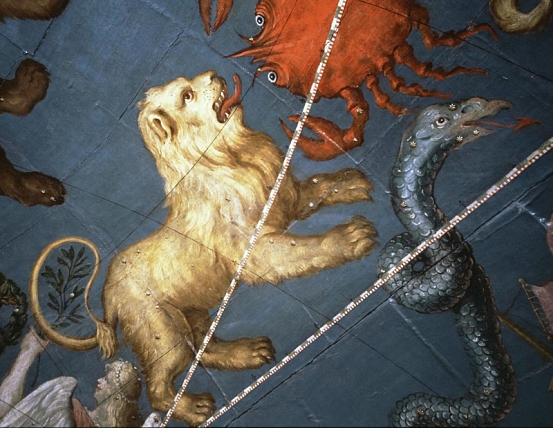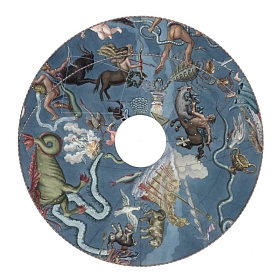- Visit Us Safely
- Opening Hours
- Getting Here
- Admission and Tickets
- Exhibitions
- Virtual 3D Tour
- Kunstkamera Mobile Guide
- History of the Kunstkamera
- The Kunstkamera: all knowledge of the world in one building
- Establishment of the Kunstkamera in 1714
- The Kunstkamera as part of the Academy of Sciences
- The Kunstkamera building
- First collections
- Peter the Great's trips to Europe
- Acquisition of collections in Europe: Frederik Ruysch, Albert Seba, Joseph-Guichard Duverney
- The Gottorp (Great Academic) globe
- Siberian expedition of Daniel Gottlieb Messerschmidt
- The Academic detachment of the second Kamchatka expedition (1733-1743)
- 1747 fire in the Kunstkamera
- Fr.-L. Jeallatscbitsch trip to China with a mission of the Academy of Sciences (1753-1756)
- Siberian collections
- Academy of Sciences' expeditions for geographical and economic exploration of Russia (1768-1774)
- Research in the Pacific
- James Cook's collections
- Early Japanese collections
- Russian circumnavigations of the world and collections of the Kunstkamera
- Kunstkamera superintendents
- Explore Collections Online
- Filming and Images Requests FAQs
The Gottorp (Great Academic) globe
The Gottorp globe was one of the first Kunstkamera’s exhibits. In 1726, the globe was placed in the hall on the third floor of the Kunstkamera tower, the building yet under construction. Later on, floor structures were put above it and upper floors of the tower erected. Presently, the Gottorp (Great Academic) globe occupies the fifth floor of the museum tower.
Created in 1650-1664 in the Gottorp Castle (Holstein), the globe impressed with its gigantic dimensions: its diameter amounted to 3.11 m. The globe had a planetarium inside. Turned by water power, it could make one full circulation during 24 hours, and, consequently, also serve as a clock.
A prominent scholar Adam Olearius (1599-1671) created the globe by the order of the Duke of Holstein-Gottorp, while Andreas Bösch was directing the workers. Works started in 1651 and had lasted with several breaks for nearly fifteen years.
This unique construction was installed in Holstein, in a special building in the park on the Schlei River bank, right in front of the castle island. The globe was powered by a waterwheel which acted under pressure of water running down the high river bank.
One could get inside the globe through a square opening with a door arched in the form of the sphere and decorated with the Duke’s arms on the outer surface. A rather wide wooden gallery enclosed the globe and served as the external horizon.
In 1713, Peter I got to know about the peculiar globe and ordered the commander of Russian troops in Pomerania Prince A.D. Menshikov to “solicit” it. Shortly after, an envoy from St. Petersburg, Lieutenant Travin, came to Gottorp and an order for transfer of the globe was signed on behalf of the minor Duke Charles Frederick. The order, in particular, read: “we have presented His High Royal Mightiness with the situated here Great Globe.” At a later date, Charles Frederick became spouse of Anna, daughter of Peter I, and father of the Russian Emperor Peter III.
The gift had been transported to St. Petersburg for more than three years, under supervision of the Tsar himself. Carried by sea and land, the globe arrived in St. Petersburg on March 20, 1717, and was installed not far from the Summer Palace of Peter I, in Tsarina’s Meadow (presently, Field of Mars). It is known that the Tsar often scrutinized the globe in the mornings. In 1726, the globe was installed on the third floor of the Kunstkamera of the Academy of Sciences.
In 1747, the globe was seriously damaged during the fire in the Kunstkamera. Everything that could burn got burnt, while the copper plates covering the globe’s surface had completely melted. Only the metal frame, slightly damaged, and the massive axis, upon which the entire construction was rotating, remained. The only completely intact part that had survived till our days was the door (it was stored in the basement during the fire).
Restoration of the globe after the fire was carried out under direction of the instrumental master Scotchman B. Scott, who had precisely replicated the initial construction. Russian masters A. Belyayev, F. Grigoriev, I. Razvodnoy, M. Kandaratsky, F. Tityurin and others were working together with Scott. The Academy of Sciences had an exact description of the globe, and by 1751, it was wholly restored. Painter J.E. Grimmel, who took charge of the Drawing Chamber of the Academy of Sciences, and his assistants managed to recreate the painting on its inner surface. The “heavenly sphere” had 1016 nails driven in it: their gilded heads, ornately shaped, depicted all known then stars of the first five star magnitudes.
They decided to put all newest geographical discoveries onto the external side of the globe with inscriptions in Russian. This work proved to be very difficult and took decades to accomplish it. The restored globe, which since then in many documents was named the “Great Academic,” was placed in 1753 into a spherical two-storey pavilion built for it. In 1828, it was moved into the eastern rotunda of the museum wing newly constructed behind the building of the Academy of Sciences. In 1901, the globe was handed over to the Palace Administration and moved to Tsarskoye Selo. Here it was captured by the World War II.
Nazi troops forced Pushkin in 1941 (in 1937, Tsarskoye Selo was named after A.S. Pushkin) and in 1942, the globe was moved to Schleswig. After the war was over, the globe had been exhibited in Lubeck before it ultimately returned to Leningrad in 1947. It was first transported by sea to Murmansk and then by train. By that time, the globe was in the most deplorable state: four bullet openings were detected in it; details of the revolting mechanism and internal decorations were seriously destroyed and devolved in many places; copper plates covering the surface space under the canvas with geographical map had dimples; mountings to the iron carcass were broken. This time, the globe was installed in the hall of the fifth floor of the Kunstkamera tower, and by the end of 1958, its restoration was fully completed.
After 1958, the globe had undergone two restorations. The last time it was in 2003, when by initiative of the St. Petersburg Branch of Goethe Institute, the Ministry of Culture of the Federal Republic of Germany sponsored its restoration.
During this restoration, the painting layer on the outer and inner surfaces of the globe was fixed, all brass parts were cleaned, as well as the iron constructions of the platform, the table, the bench and the pivot mechanism. They replaced the bench, made in 1958 of low-quality sorts of wood, and cleaned the internal decoration: the back balusters, tabletop, and base of the inner meridian.
Specialists from the Pulkovo Observatory were working together with art restorers. They added stars, made of polished brass, that were lost during the forced “journeys” of the globe.
The Great Academic (Gottorp) globe is a monument of the technical and scientific thought of two peoples, German and Russian. No globes of the sort have survived in any other country. Russia has the only one.
